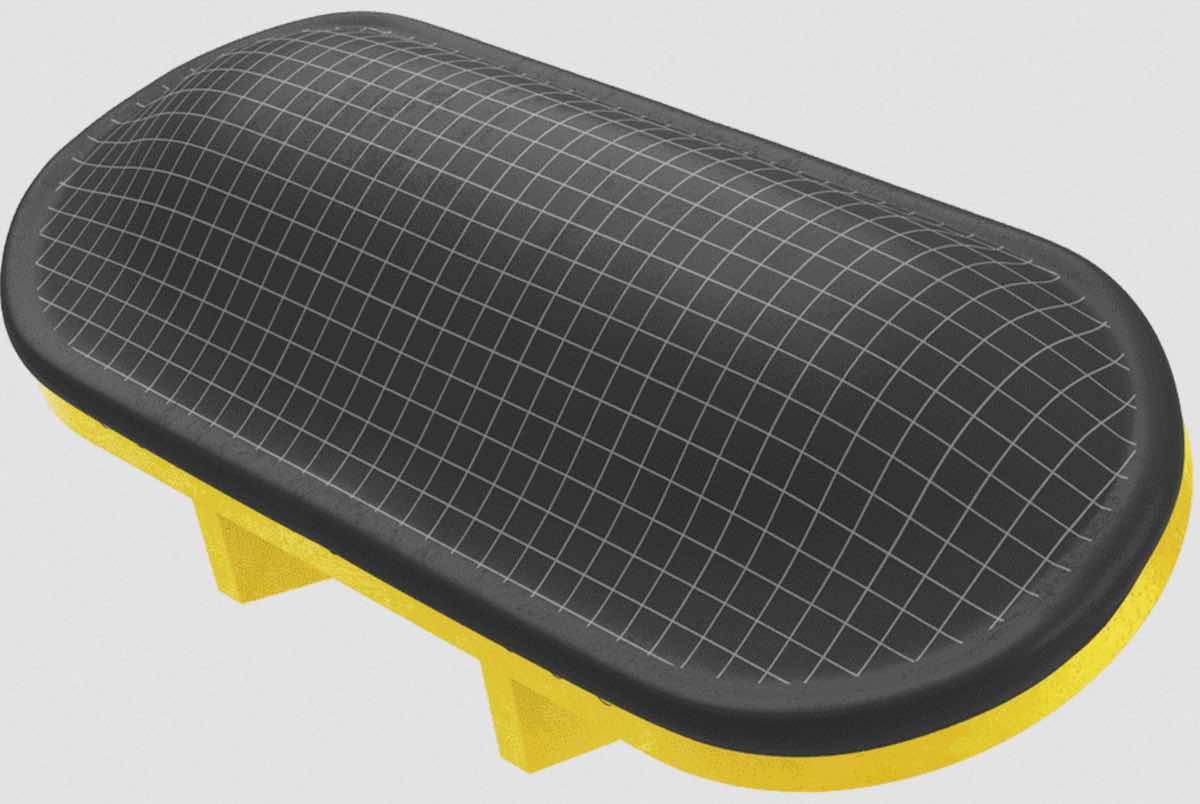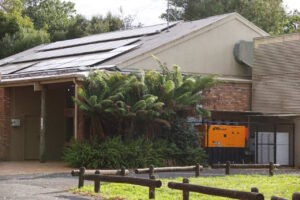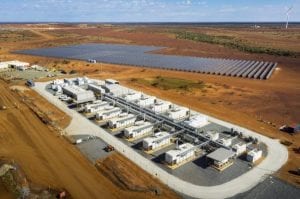Australia and UK-based wave energy company Bombora has joined forces with global energy infrastructure and engineering group TechnipFMC to demonstrate a 6MW hybrid floating wave and offshore wind generation platform.
TechnipFMC, which is listed in New York and Paris, said last week that it had formed a strategic partnership with Bombora to develop a floating wave and wind power project “in support of a more sustainable future.”
The deal centres around Bombora’s Perth-originated mWave technology, which the company is currently in the process of demonstrating via a 1.5MW project in a Marine Energy Testing Area off the coast of Pembrokeshire, in Wales.
The companies said the partnership would initially focus on the InSPIRE project – that is, Integrated Semi-Submersible Platform with Innovative Renewable Energy – which would design a hybrid system using Bombora’s mWave technology and TechnipFMC’s offshore engineering expertise.
The joint effort would first demonstrate 6MW of combined floating wind and wave power – 2MW wave, 4MW wind power – followed by Phase 1 and Phase 2 commercial demonstration platforms, which were expected to deliver 12MW and then 18MW, respectively, on a shared floating platform.
As Bombora’s website explains it, the company’s mWave technology (pictured below) features a series of air-filled concave cell modules covered by a rubber membrane and positioned below the ocean’s surface, a design that aims to capture maximum energy from waves while also providing “productive real-estate” via the submerged platform structure.
“As waves pass over mWave, under-water pressure increases, causing each rubber membrane to compress sequentially, forcing air from inside the cells into a duct. Valves control a one-way air flow to the turbine — directly spinning a generator converting this rotation into electricity,” the site explains.
“After passing through the turbine the air is recycled to re-inflate each membrane in a continuous sequence. The sustainable power generated by mWave is transferred to the electrical grid via the same sub-sea cable used for the wind turbine.”

According to Bombora, by working with policy makers, energy companies, academics and the supply chain the hybrid wave and wind power platform has the potential to deliver a “highly competitive” levelised cost of energy (LCOE) of $A77/MWh by 2030.
“The InSPIRE project has a clear roadmap to commer-cialisation and achieving a highly competitive Levelised Cost of Energy (LCOE) of €50 per MWhr by 2030,” the two companies’ project website says.
“The successful demonstration of InSPIRE will bring valuable experience, knowledge and de-risk upscaling, paving the way for commercial projects,” it adds.
“Bombora is collaborating with TechnipFMC to accelerate development of our floating integrated mWaveTM platform solutions for commercial wind farms,” said Bombora managing director, Sam Leighton in comments last week.
“With TechnipFMC’s extensive track record of delivering large-scale projects to the energy sector and Bombora’s innovative mWave technology, we are confident InSPIRE will play a key role in the offshore energy sector.”
Jonathan Landes, TechnipFMC’s president of subsea operations, said the company was delighted to work on a project that advanced its commitment to the environment and a more sustainable future.
“Our core competencies and integration capabilities make us an ideal system architect and partner in developing renewable energy solutions alongside Bombora’s experience and unique, patented mWave technology,” he said.
Founded in 2012 “in a farm barn in Perth” by brothers Shawn and Glen Ryan, Bombora has been on the RenewEconomy radar since 2013, when it was named as one of five winners of GE’s first regional “ecomagination Challenge” clean tech competition; as one of 30 finalists in the third annual Australian Cleantech Competition; and launched its first round of fundraising.
A first version of what was previously called Wave Energy Converter technology was tested in 2015 in Melville Waters, part of Perth’s Swan River.
By 2016, however, the technology had been rebranded as mWave and the company’s focus shifted to Europe, where a headquarters was set up in Wales. There, Bombora is currently progressing the 1.5MW Pembrokeshire Demonstration Project supported by ERDF funding through the Welsh government.
As well as the Pembrokeshire and InSPIRE projects, Bombora says it is currently progressing further opportunities in Lanzarote (Canary Islands), Japan, Ireland and Australia.
TechnipFMC, meanwhile, recently inked a deal with Norwegian renewables outfit Magnora, to jointly develop and promote floating offshore wind prospects.











